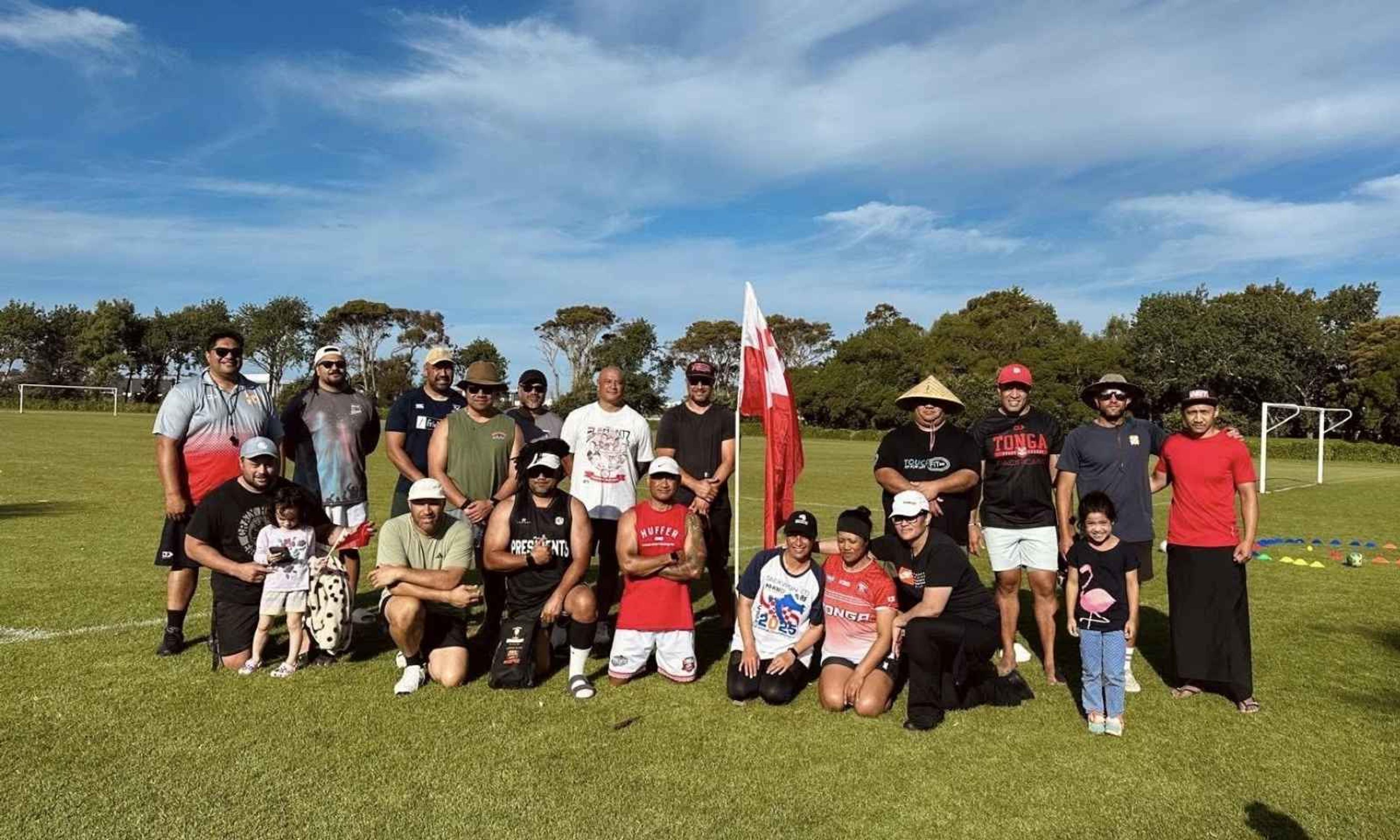

Nearly half of the homeless population in this country are under the age of 25.
Photo/ Supplied
Long-term strategy needed to end crisis of youth homelessness
A youth homeless organisation says it can't house half of the number of young people needing emergency housing at present.


Sāmoan stars in Aotearoa NZ: Donell Lewis and Kennyon Brown tour with DJ Noiz

Pacific leaders call for unity after Bondi attack

Black Caps legend joins global fight against gender violence

Tonga Touch Rugby Masters call on diaspora to pull on the red and white again

Sāmoan stars in Aotearoa NZ: Donell Lewis and Kennyon Brown tour with DJ Noiz

Pacific leaders call for unity after Bondi attack

Black Caps legend joins global fight against gender violence
An organisation which helps young homeless people says it cannot house half of the number of young people who are needing emergency housing now.
Lifewise Youth Housing Service Leader Aaron Hendry says there's a huge need for housing tailored for young people.
“There’s huge need for a targeted spending around this to ensure there are outreach services that engage with young people who are experiencing homelessness and then also immediate accommodation where they can be held and safe and that longer term piece of work to ensure younger people get housing and they get the support that they need to sustain it,” Hendry says.
Nearly half of the homeless population are under 25 years of age, that is about 20,000 people.
Associate Minister of Housing Marama Davidson also says young homeless people should not be treated like everyone else.
“It’s connecting work, in the community and I know our Maori and Pasifika community leaders and leadership have shown that that’s how we do our mahi for our people so it’s challenging.
"But this is why government needs to work with providers, and needs to work with people who have got those relationships, that expertise.”
At the new Lifewise Youth Housing site. From Left: Aaron Hendry - Lifewise Youth Housing Team Leader, Bianca Johanson - Lifewise Youth Strategy & Development Coordinator, and Marama Davidson, Associate Minister for Housing (Homelessness)
The government is spending $75 million dollars over four years in an attempt to end to youth homelessness. A third of that will go towards 95 specific youth homelessness locations that are more transitional housing and youth-focused. Another $20 million will go towards extending support for 65 places.
However, Hendry says that’s not enough for the crisis that is at hand and says a long-term strategy is needed to prevent young people from becoming homeless.
Almost 20% of those struggling to live in a stable warm home are under 15, and yet the services being provided to suit young people aren’t there, says Hendry.
“During the lockdowns and the early 2020 when we were talking about ending homelessness we had this perverse situation where young people 16 and 17-year olds couldn’t access emergency accommodation, and were left on the street while as a nation we celebrated ending homelessness.”
Davidson says expert providers, community leaders and government agencies learned from what happened during the peak of the pandemic two years ago, and now have a better idea of how best to deal with youth homelessness.
The government is funding organisations like Lifewise and Kāhui Tū Kaha, who bring social housing services for young mothers.
Kāhui Tū Kaha is a Ngati Whatua organisation providing social housing, mental health and other services.
“Kāhui Tū Kaha run a whole apartment building primarily focused on young mamas and their beautiful babies,” Davidson says.
“To know they can rely on, get the income support, make sure the homes are healthy and warm and safe, make sure that they’ve got some security there."